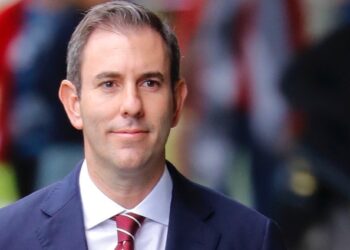The newly-merged Equip and Catholic Super is encouraging other funds to follow suit and consolidate under a house-of-brands model that grows funds under management.
The fund’s deputy chair and former Catholic Super chair, Danny Casey, said superannuation funds that were seeking to ensure they could deliver sustainable member outcomes were encouraged to be part of this new approach.
“We’ve studied this model and unlocked the potential to join forces and maintain our super fund’s heritage. Those who join can retain their distinct identity that attracted members to their fund of choice in the first place,” he said.
“For example, our Catholic Super members, who care for and educate millions of Australians every day, will retain their high-performing brand and exceptional service from their award-winning, in-house service centre.”
The fund’s chair, Andrew Fairley, said the new fund was able to scale up to benefit members under an extended public offer (EPO) licence granted by the Australian Prudential and Regulation Authority (APRA).
He noted that the licence allowed funds to drive down costs while maintaining their distinctive brands and member engagement they were known for.
“While other funds are talking about merging, Equip and Catholic Super are ‘getting on with it’. The EPO licence was issued three years ago,” he said.
“The Catholic Super Board has had the courage to embrace the model, breaking new ground while being agile, innovative and aware of the reform backdrop that is shaping the future of our super industry.”




